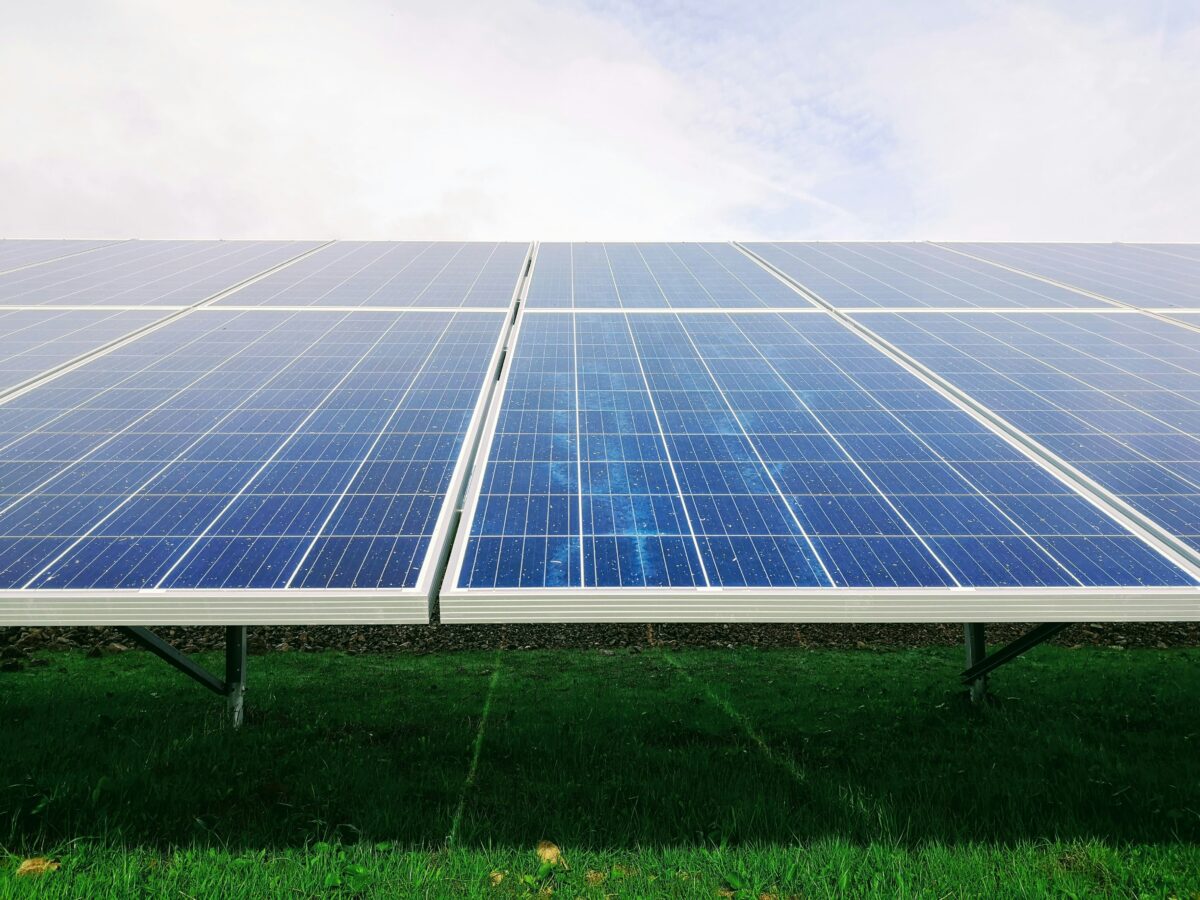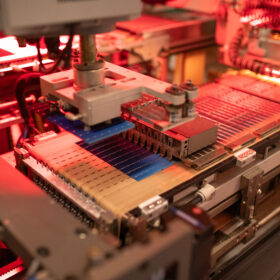The Tasmanian Ports Corporation, commonly known as TasPorts, today announced it had signed an Option Agreement with Fortescue Future Industries for its export-scale green hydrogen plant planned for Bell Bay in northern Tasmania. The non-binding contract will allow Fortescue Future Industries to “exclusively negotiate” all land and operating access requirements with the state-owned authority, with Fortescue saying the contract marks “an important milestone” in the project’s development.
Fortescue Future Industries (FFI), which is owned by Andrew “Twiggy” Forrest and chaired by former prime minister Malcom Turnbull, in May signed an agreement with Japan’s IHI Corporation to jointly undertake feasibility studies looking into 250 MW green hydrogen and ammonia production facility at Bell Bay which could supply to Japan in addition to domestic markets. The proposed project would have the capacity to produce 250,000 tonnes of green ammonia per year.
“FFI’s Tasmania green hydrogen project could be one of the world’s largest green hydrogen plants when commissioned, creating a significant export market for green hydrogen from Australia,” Fortescue Future Industries’ CEO, Julie Shuttleworth, said in a statement today.
“The signing of this agreement with TasPorts marks the beginning of a ground-breaking partnership, aiming for the first export of green hydrogen from an Australian port.
“After investing in research and feasibility studies, we are serious about utilising Tasmania’s comparative advantage in renewable energy generation,” Shuttleworth added.
Anthony Donald, Chief Executive Officer of TasPorts – a state-owned authority that manages all of Tasmania’s 11 ports – said the contract it has entered into with Fortescue will enable commercial growth opportunities for Tasmania. “Securing land is one of the critical ingredients to enable the realisation of green hydrogen developments at Bell Bay and TasPorts is proud to be taking a lead role to support the renewable energy industry,” Donald said.
Fortescue Future Industries noted economic analysis by consultancy Deloitte found the first 250 MW stage of this Bell Bay project could deliver a net $2 billion increase to gross state product over the its life and create an estimated 500 full-time jobs during development, construction and operation stages.
The Bell Bay project is targeted for an investment decision by the Fortescue Board in 2021.
Bell Bay – Tasmania’s hydrogen hot spot
Fortescue Future Industries isn’t the only company looking to use Bell Bay for hydrogen production and export. As an Advanced Manufacturing Zone, Bell Bay is Tasmania’s premier centre of manufacturing. Over 59% of Tasmania’s exports are produced in the Bell Bay area and it is Tasmania’s largest industrial precinct.
Three other major hydrogen projects are being proposed for the area in addition to Fortescue’s 250 MW facility. One of those belongs to giant and rival Origin, which is looking to build a green hydrogen and ammonia plant double the size at 500 MW. Origin is currently undertaking feasibility studies into the project, which have been supported by a $1.6 million grant from the Tasmanian Government.
Abel Energy is also considering an 100 MW electrolysis plant in Bell Bay, though unlike the majority of Australia’s other proposed hydrogen projects, Abel is targeting methanol production. Michael van Baarle, Abel Energy’s co-founder and CEO told the Australian Hydrogen Conference in May that the company is opting to export methanol, which contains four hydrogen atoms, as it has an “established market” as a chemical feedstock and fuel. Van Baarle also noted demand for methanol tripled in the last 16 years.
Abel Energy’s Bell Bay project also received funding for its feasibility studies from the state’s government under its Tasmanian Renewable Hydrogen Fund.
Petroleum company Woodside is also proposing its H2TAS project in Bell Bay, which at this stage involves a 10 MW production pilot which would see hydrogen blended into natural gas networks. Woodside says the project could eventually be scaled to 250 MW.
TasPorts, in its statement about its new contract with Fortescue, said: “Tasmania has an abundance of existing and expandable renewable energy resources and the Port of Bell Bay provides a perfect opportunity to support the export of green hydrogen, with land availability and access to a deep-water port.
“Further opportunities exist within the industrial precinct and TasPorts is continuing to work with other proponents as it supports the Government’s Tasmanian Renewable Hydrogen Action Plan,” it added.
Fortescue Future Industries said it plans to commence community engagement sessions in late July 2021.
This content is protected by copyright and may not be reused. If you want to cooperate with us and would like to reuse some of our content, please contact: editors@pv-magazine.com.









By submitting this form you agree to pv magazine using your data for the purposes of publishing your comment.
Your personal data will only be disclosed or otherwise transmitted to third parties for the purposes of spam filtering or if this is necessary for technical maintenance of the website. Any other transfer to third parties will not take place unless this is justified on the basis of applicable data protection regulations or if pv magazine is legally obliged to do so.
You may revoke this consent at any time with effect for the future, in which case your personal data will be deleted immediately. Otherwise, your data will be deleted if pv magazine has processed your request or the purpose of data storage is fulfilled.
Further information on data privacy can be found in our Data Protection Policy.